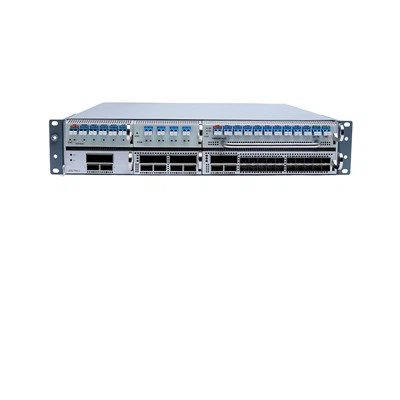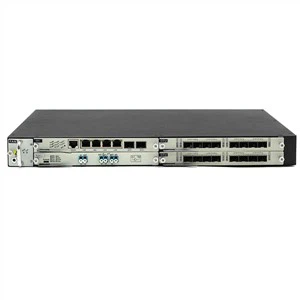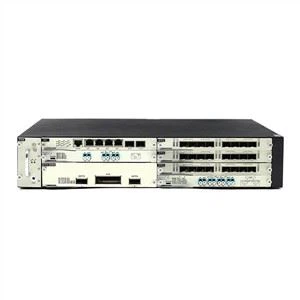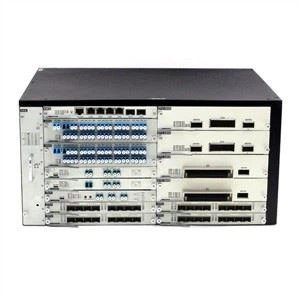1) Installing SFP-10G-SR Module
Though data rates may be same, one module may not be suited for a particular slot. So insert an SFP module preferably into an SFP slot only.
Carefully check the compatibilities of each module before connecting it to any slot. If incompatible modules are inserted without caution, a system break down may happen. This can lead to monetary losses as well.
Check the network configuration; connect the modules that are best for the current configuration of the network.
Always clean the modules before installing, be it an SFP module or SFP+ module. This will prevent contamination in the system.
Do not expose your eyes to fiber optic equipment. They emit laser and infrared rays that may be harmful to you. If at all, you need to examine something, make sure that the light source is disconnected.
You can damage the electrostatic discharge, if not careful. In order to prevent it, always wear an antistatic wrist strap while handling the network equipment.
2) Removing SFP-10G-SR Module
It is not good to frequently pull out or insert the SFP module. This can badly affect the lifetime of the module.
f you need to remove the optical module, please pull out the rod first. Then, through the rod remove the optical module.
Cisco SFP-10G-SR Modules Troubleshooting
To diagnose SR optics problems, you can get statistics from the browser interface, the CLI (Command Line Interface) or an SNMP (Simple Network Management Protocol) workstation. The most common 10GBASE-SR module problems include these aspects:
1 Poor Performance (or Excessive Errors)
The possible causes of this problem may result from exceeded cabling distance or port statistics show excessive frame check sequence (FCS), late-collision, or alignment errors. To solve this, one can reduce the cable length to the recommended distances, and see your SR optics module documentation for cabling guidelines.
2 No Connectivity
This problem is most likely related to cabling. Using incorrect or bad cable, incorrect cable wiring, or STP (Shielded Twisted Pair) checking for possible loops may probably lead to this problem. When this problem occurs, you should first verify if the pinouts are correct for the application of cables, if not, just replace the cable with a tested good cable, then wait 30 seconds for the port LED to turn green.
3 Corrupted Software
It basically include three situations:
a. the port is placed in error-disabled state after a 10GBASE-SR is inserted. The best advice is to use a Cisco original SFP or 100% Cisco compatible SR optics (If you decide to use a third-party 10GBASE-SR SFP module, please ensure that your supplier is assured).
b. device does not recognize the SFP-10G-SR module. Then you should first verify that the SFP module is not installed upside down, and then remove the SFP module to inspect if there is any physical damage in the module.
c. excessive errors found in port statistics. If this is the problem, you can run adapter card diagnostic utility and wait 30 seconds for the port LED to turn green.
Conclusion
Cisco SFP-10G-SR optical module has become the best fit for securing short-range 10 Gigabit transmission in optical networks. It enables higher rack density, increased bandwidth and ease of use. If you’ve got a Cisco switch at hand but with a string budget for optics, HTFWDM.COM is your wise choice. HTF aim to provide Compatible transceiver, Help you to save the cost. contact Ivy: sales6@htfwdm.com





















